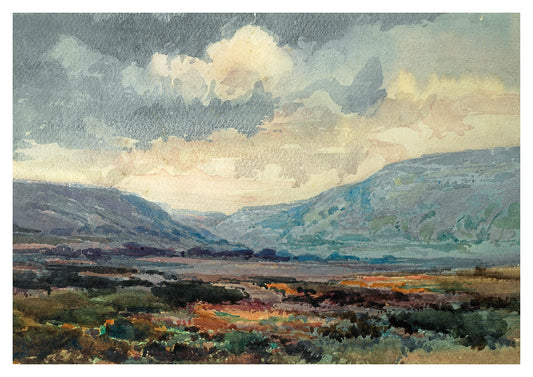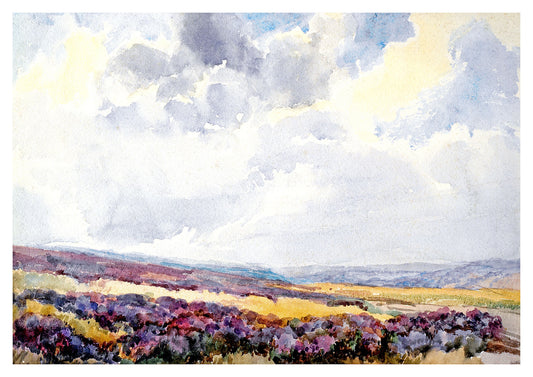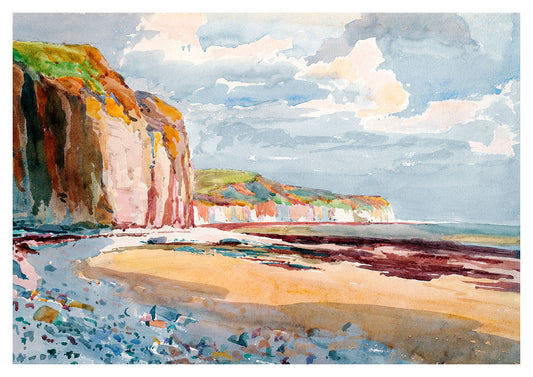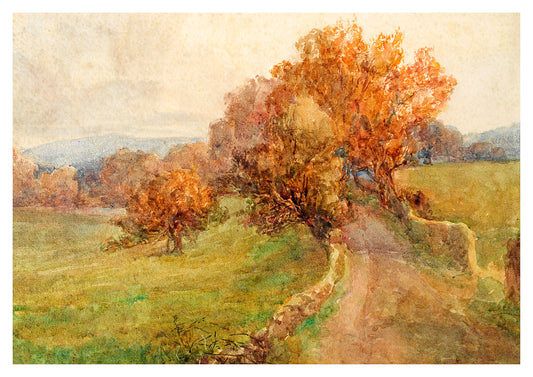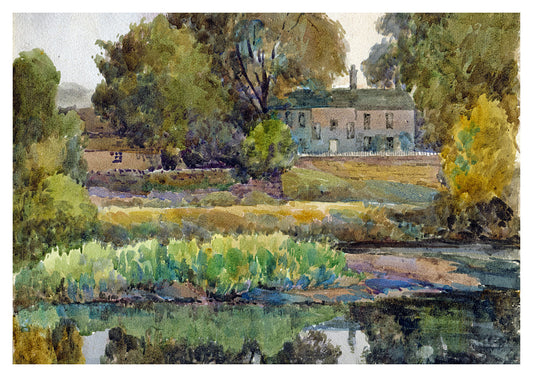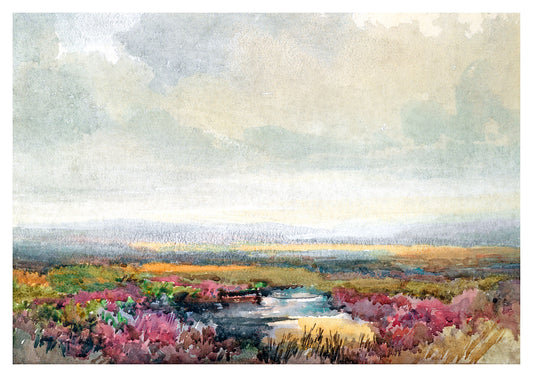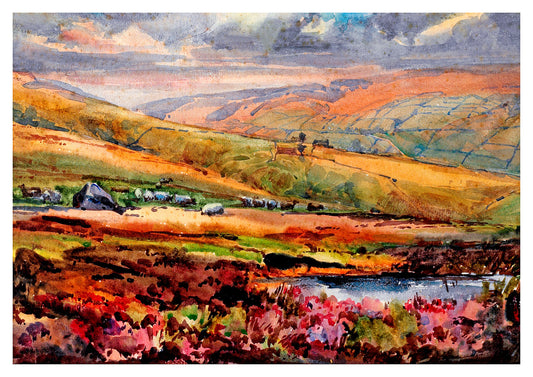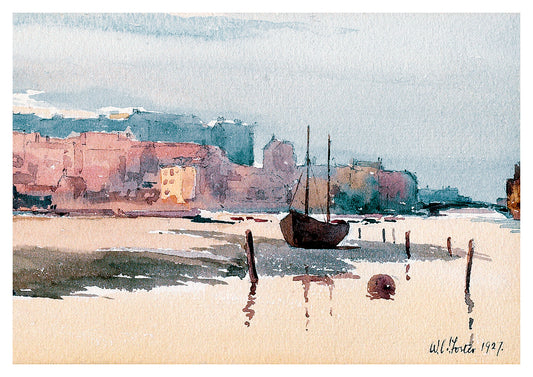Collection: Walter C Foster
Walter Christopher Foster is recognised as one of Britain’s great neglected artists. He spent much of his short life as a teacher of art but he was a prolific oil and water colour painter. Just how prolific was unknown until relatively recently when his grandson, Dave Foster, unearthed a wealth of Walter's treasured artworks that the Foster family had stored away in the attic of the family home in Bingley, West Yorkshire, after his tragic death.

WALTER C FOSTER 1887-1929 Self-portrait
As Dave recalls, 'I climbed the rickety loft ladder, slid open the door and switched on the ancient light bulb. As I scanned the room in depth, I was amazed to see piles, boxes and portfolios of artworks. I opened a pine chest and, even under the very dim bulb, my eyes were hit by the jewel-like colour of the paintings within. It was, indeed, a life-changing moment.
So began a long period of restoration. These works had survived generally in good condition. Some of the paintings needed much restoration. At the same time, I began to research Walter’s life and found that, at the age of 16, he had won a scholarship to the Royal College Of Art in 1903. Prior to that, from the age of 12, he was employed to assist Charles Frederick Dawson and Leonard T Howells at the Bingley School of Art. The latter honed Walter’s skills to help gain him entry to the RCA. He was educated by the leading lights of the Arts and Crafts Movement. Within two years he was teaching in the Upper School of Design alongside Edward Johnston and Gerol Moira, graduating three years later in 1908 with a full diploma and awarded Associate of the Royal College of Arts (ARCA).'
After finishing his studies, Walter returned to Yorkshire where he first taught art at Halifax Secondary School. In 1911, aged only 24, he was appointed Headmaster at Bingley School of Art as well as becoming the Art Master at Bingley Grammar School in 1913.
Walter enlisted as a volunteer in the Royal Navy in 1915. On his return from naval duties in 1918, he spent a year at Lister’s Mills in Bradford studying textile colouration and design before moving over the Pennines to become Headmaster at Stockport College of Art. He exhibited numerous oil and watercolour paintings at Bradford’s Cartwright Hall from 1911 to 1919.
By 1924, the lure of the Aire Valley and career enhancement had drawn him back to Shipley where he became Headmaster at Shipley / Salt’s School of Art until his untimely death in 1929.
He had spent his life painting the beautiful Yorkshire scenery around his home town of Bingley, the Aire and Worth Valleys, as well as the Yorkshire coastal areas of Whitby, Staithes, Robin Hood’s Bay, Flamborough and Bridlington, preserving views of the landscapes, isolated cottages and town buildings of early 20th Century Yorkshire. His bold use of colour, along with draughtsmanship unsurpassed, sets him apart from the somewhat more bland applications of his era.
‘Influenced by the later Impressionists, Walter painted prolifically using a rich palette of jewel-like colours.’ - Diana Darlington, University Women’s Club, Mayfair, London W1
‘The best of his generation.’ - Whitby Gazette
-
The Moors Above Bingley
Regular price From £55.00Regular priceUnit price / per -
Tide's Out, South Landing Beach
Regular price From £55.00Regular priceUnit price / per -
Transfield Top
Regular price From £55.00Regular priceUnit price / per -
Wagon Lane
Regular price From £55.00Regular priceUnit price / per -
Walshaw Dean
Regular price From £55.00Regular priceUnit price / per -
West To Upper Worth
Regular price From £55.00Regular priceUnit price / per -
Whitby Harbour
Regular price From £55.00Regular priceUnit price / per -
Winter's Afternoon, Utley
Regular price From £55.00Regular priceUnit price / per
